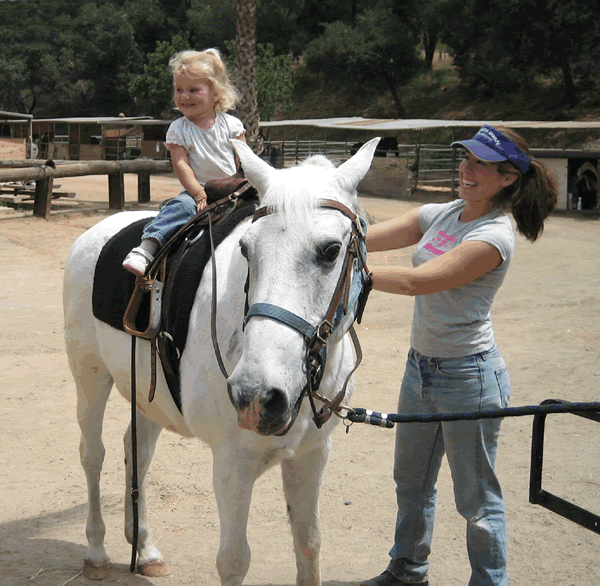
Has buying a horse got you confused? If your are looking to compare apples to apples—er, Quarter horses to Quarter horses, I mean—then there are a few things you must consider with each and every horse you look at. Here's the list:
• Temperament. A horse's temperament is extremely important to your overall experience. If you are a beginning rider, temperament is probably the most important factor when it comes to choosing a horse. A horse of good temperament is alert and ready to work, but also calm and willing.
• Manners. Manners are extremely important! They can mean the difference between a horse being easy to live with, and a horse being not-so-easy to live with! When looking at horses for sale and horses for sale, make sure you watch their behavior as they are being caught, handled, and ridden. And keep in mind that just like with us humans, bad habits can be hard to break!
• Soundness. If you are planning on riding your horse, working soundness is key. This means that the horse should not have any lamenesses that prevents the horse from moving correctly and therefore succeeding at its intended purpose. Horses who aren't being ridden need to be checked for soundness depending upon what you are planning on using them for. For example, if you are looking for a broodmare, a breeding unsoundness would prevent the mare from having a foal. However, that same mare may be a great family riding horse!
• Movement. Good riding horses
should move smoothly and in balance, without stiffness, crookedness, or interference. When looking at younger horses, keep in mind that some of a horse's gait is determined by training. If you have questions about a horse's gait, it always helps to get an experienced horse person to look at the horse and give you his opinion. Is the horse's way of going inherent, or is it something that can be improved with a little training? Be sure you watch the horse at all three gaits. If you ride the horse, is the horse comfortable? If you are a beginning rider, comfort is very important!
• Conformation. The way a horse is built will determine how a horse moves. It goes without saying that the horse shouldn't have any glaring conformational faults that affect its way of going. Aside from that, the conformation of the horse should be suitable for the manner in which you intend to use him. If you are not educated when it comes to horse conformation, take someone along who is.
• Health. How healthy is the horse you are looking at? Ask to see the horse's health records, to determine if their is anything long-standing, recurring, or permanent that would have to be dealt with. Temporary health issues can be easier to deal with and you may even get your horse at a discount price as a result. However, do remember that if you intend to buy a horse and then nurse him back to health, there's a good chance you'll have to spend time and money that you wouldn't have spent on a healthier horse.
• Accomplishments. What has your horse done in the past? This may be a very important consideration if you are looking for a horse to show you the ropes; on the other hand, it may not be a consideration at all if you intend to train the horse yourself.
• Size. In the world of horses, size does matter! It is important that your horse fits you. As a general rule of thumb, bigger horses are more desirable because they can accommodate a wider range of riders. If you are looking at a smaller horse make sure your legs can fall in the right position. In other words, your heel should not be below the horse's underline. If you are not certain, ask someone else how you look on the horse.
There sure is a lot to consider when looking at horses for sale and selecting the right horse. However, it's important to know that careful selection will result in years of enjoyment. Take your time!





